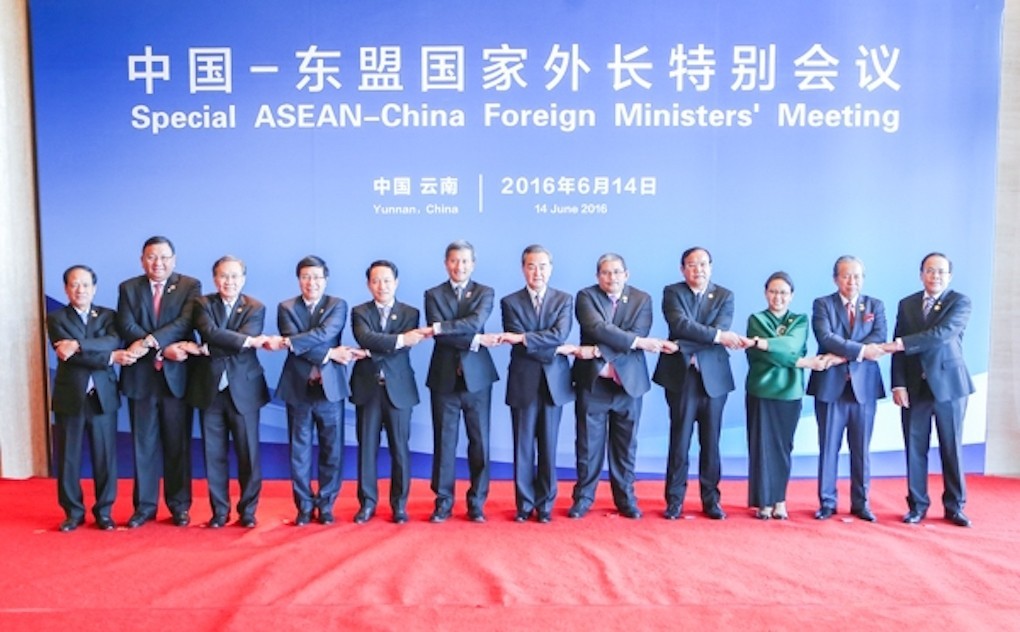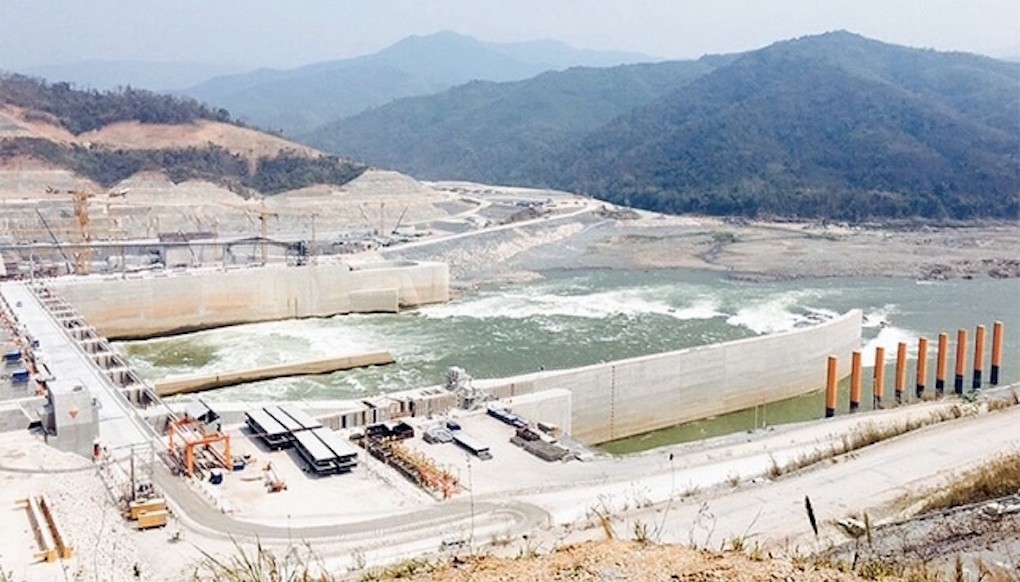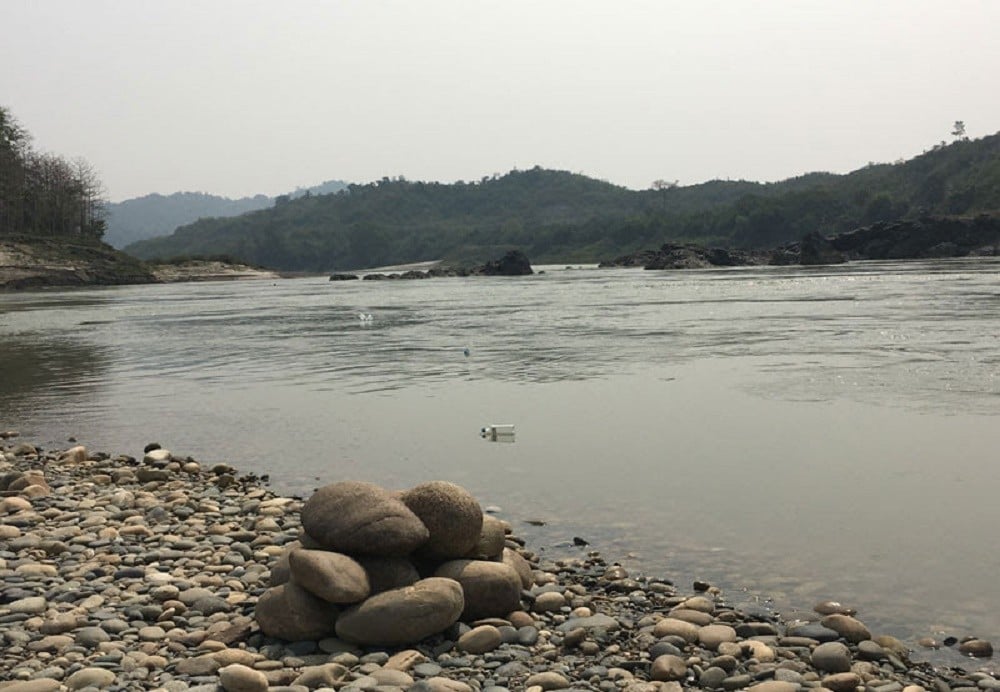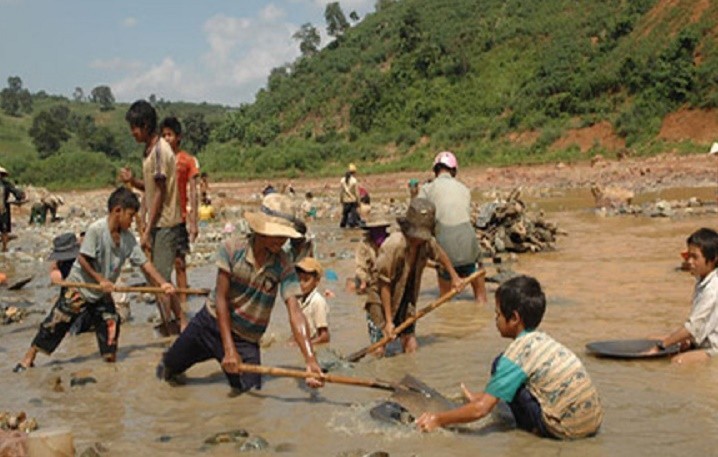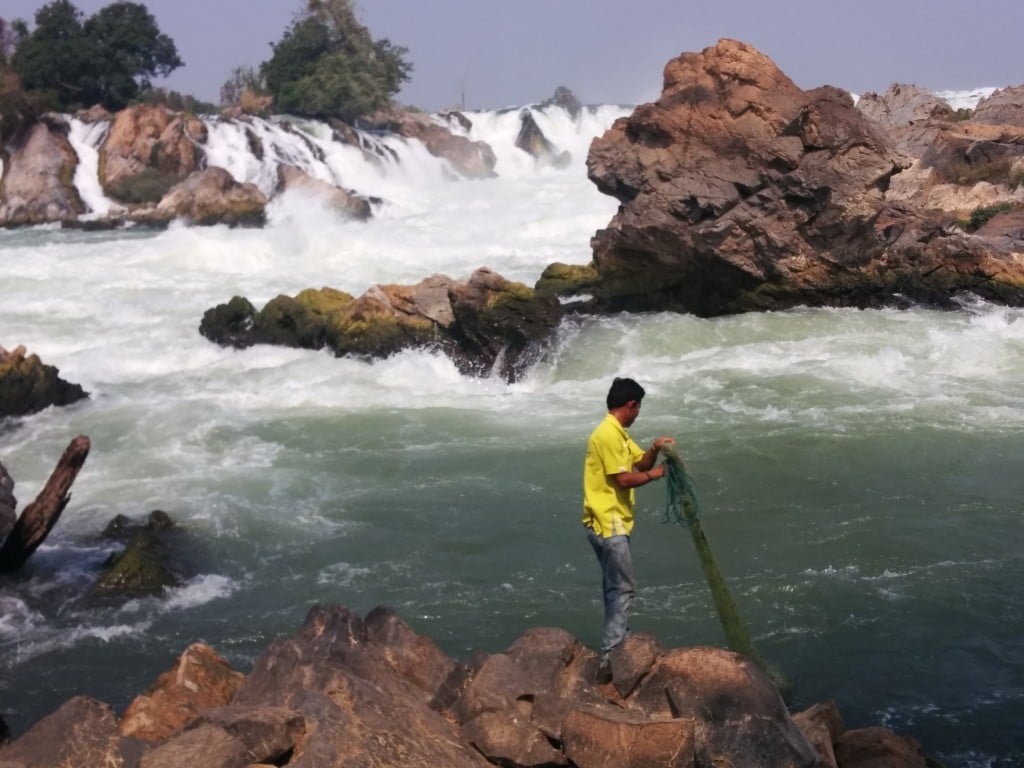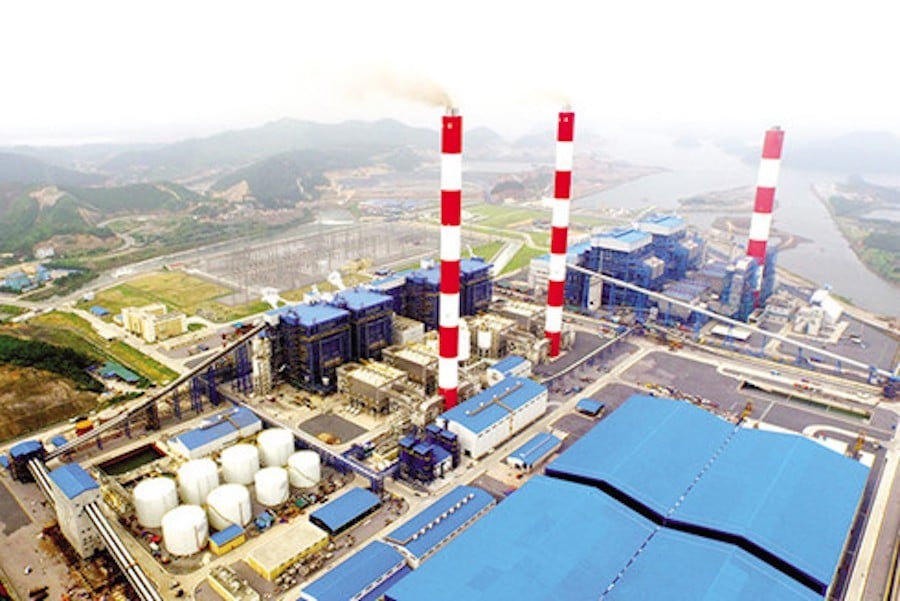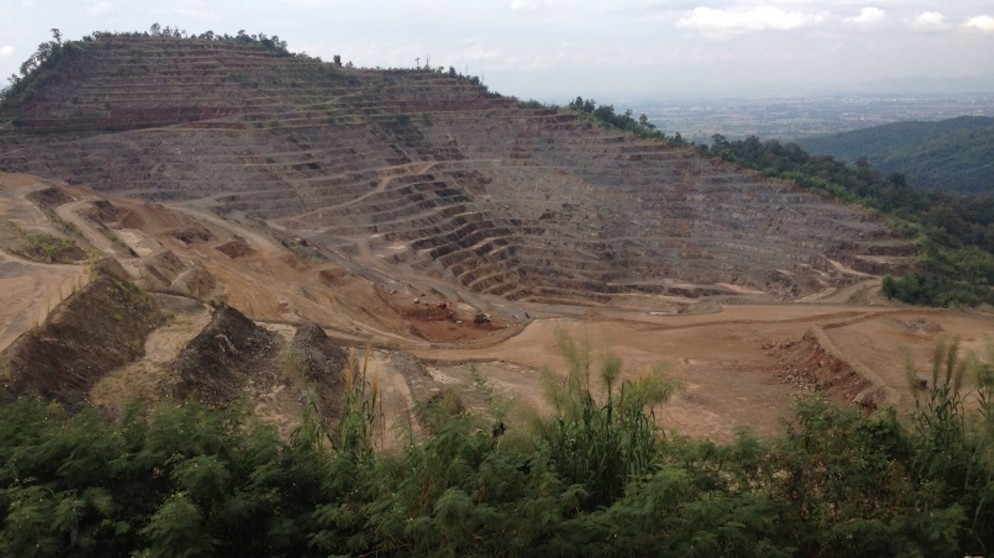This new 144-page book, just published by Manchester University Press, argues that the current push worldwide for Public-Private Partnerships (PPPs) is not about building infrastructure — roads, bridges, hospitals, ports and railways – for the benefit of society but about constructing new subsidies to benefit the already wealthy. It is less about financing
development than developing finance.
Category: Region
Selected environmental stories from media outlets in the Mekong region and beyond.
China-Asean Economic Ties
East Asia’s economy is entering a new phase of uncertainties and challenges stemming from complex geopolitics, a weakened European Union (EU) after Brexit, domestic political unpredictability in the US and an economic slowdown in China.
To maintain economic dynamics, regional countries need to deepen and speed up social, economic and financial reforms. The region needs to continue promoting an open and inclusive regionalism.
Work on Thilawa ‘Zone B’ to begin after rainy season
The investors behind Myanmar’s first special economic zone will start accepting proposals for factories in second zone known as “Zone B” at the end of the rainy season, as both phases of “Zone A” near completion, with US$760 million in foreign investment committed to the project so far.
Myanmar Thilawa SEZ Holdings chair U Win Aung told The Myanmar Timesthat the first zone, covering 400 hectares, is almost finished. Seventy-three foreign investors from 16 countries have agreed to invest in the project, which is located in Thanlyin township, around 25 kilometres (16 miles) south of Yangon.
Vietnam, Laos discuss Vientiane-Hanoi expy project
At a meeting in Laos on Wednesday, the two sides agreed the route layout and related issues for the 760-kilometer expressway connecting the capitals of the two countries, according to Vietnam’s Ministry of Transport.
The agreement was reached based on results of a pre-feasibility study conducted by Vietnam’s Transportation Design Consultancy Corporation (Tedi).
The expressway is planned to start from Vientiane, passing through Laos’ Pakxan and Nghe An Province’s Thanh Thuy, and end in Hanoi.
Thailand considers buying more power from Laos
Thailand may buy 9,000 megawatts of electricity from Laos this year to ensure sufficient supply to meet rising demand, says a senior official at the Energy Ministry.
That is nearly 30% higher than the 7,000MW Thailand currently buys annually from Laos, according to the most recent memorandum of understanding (MoU) the two countries signed in 2007. Of the total 9,000MW of power, most of it would be generated from hydropower, which is more cost-effective than fossil fuels.
Campaigners fight against the Myitsone dam
Theingi Htun Htet Htet Just a few months before 2012 by-elections, a group of concerned citizens worried about the fate of Myitsone gathered together at a location overlooking the confluence of three rivers in Myitkyina, Kachin State. A man walked to a podium with the assistance of a friend and said, with tears in his […]
VN urged to reduce raw mineral exports as natural resources decline
A report from the General Statistics Office (GSO) showed 6.82 percent growth in industry, lower than 9.66 percent in the same period of last year.
The decrease in industrial production growth rate was attributed to a decline in coal, oil and gas mining. The decline was not blamed on weak production activities, but on other reasons, including shortage of natural resources.
China Economy Ripples Into Laos
A decade long mining boom, combined with a rapid development of hydropower, has seen Laos’ growth rate reach over 7 percent a year, allowing national output to more than double, generating some half a million jobs.
A key player in the economic progress has been China. A recent World Bank report on the Lao economy noted China’s influence was continuing to grow.
Experts warn of over-reliance on coal power
EuroCham vice chairman Tomaso Andreatta said Vietnam should gradually stop the construction of coal-fired power plants as they were dramatically increasing the country’s greenhouse gas emissions (GHGs) and causing environmental pollution.
“Mny nations have stopped using coal for operating their power plants because of concerns over the environmental risks. Vietnam should follow suit,” Andreatta told Vietnam’s government at an international conference on clean energy in Asia in early July 2016.
Compensation for mining company’s ‘poisoning’ not enough: plaintiffs
PEOPLE in Tak province say nothing has been done about removing cadmium contamination from their water source, while the Appeals Court yesterday upheld the Civil Court’s earlier ruling against zinc-mining companies on the leakage of toxins into the Mae Tao River Basin.
The Southern Bangkok Civil Court upheld the previous court decision to sentence 84 people in three tambon of Tak’s Mae Sot district in a complaint filed against Padaeng Industry and Tak Mining Co. It also ruled that the 20 plaintiffs be given Bt62,000 each in compensation for cadmium poisoning. No court decision has been made on environmental damage.



